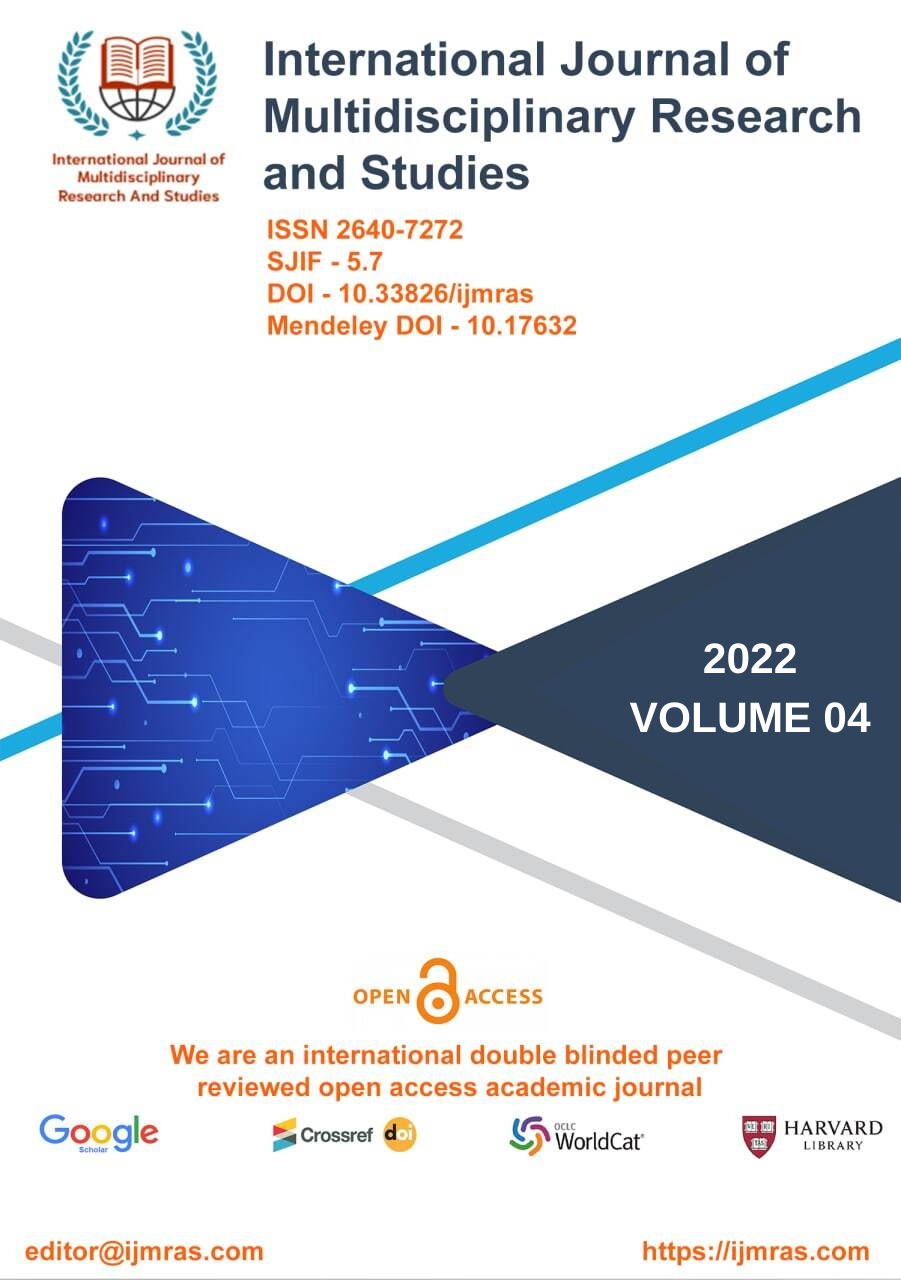FAMOUS CASES FROM AMERICAN LAW INVOLVING THE IMPLANTATION OF FALSE MEMORIES IN INDIVIDUALS WITH HIGH SUSCEPTIBILITY (PAUL INGRAM CASE)
Abstract
To this day, all of the research has been solely concentrated on the implantation of false memories for individual occurrences. The current experiment is the first proof of concept that false memories may be implanted utilising a modified false memory implantation paradigm for repeated autobiographical events. The experiment was carried out on a human subject. In comparison to the traditional way of implanting false memories for single occurrences, we hypothesised that false memories would be generated using false memory implantation techniques for repeated events to a lesser extent. Within the context of our research, we divided our participants into one of three implantation conditions: standard, repeated, or gradual. The participants were subjected to three separate interview sessions, with a one-week break in between each session. In the Standard condition, we presented participants with a single-event implantation strategy across all three interviews. This was done to control for any potential bias.
Keywords
implantation strategy, false memories, Standard conditionHow to Cite
References
Bates, D., Mächler, M., Bolker, B., & Walker, S. (2015). Fitting linear mixed-effects models using lme4. Journal of Statistical Software, 67, 1-48. doi: 10.18637/jss.v067.i01.
Brainerd, C. J., & Reyna, V. F. (2002). Fuzzy-trace theory and false memory. Current Directions in Psychological Science, 11, 164-169.
Brainerd, C. J., & Reyna, V. F. (2004). Fuzzy-trace theory and memory development. Developmental Review, 24, 397-439.
Bremner, J., Shobe, K. K., & Kihlstrom, J. F. (2000). False memories in women with selfreported childhood sexual abuse: An empirical study. Psychological Science, 11, 333- 337.
Cabeza, R., & Lennartson, E. R. (2005). False memory across languages: Implicit associative response vs fuzzy trace view. Memory, 13,.
Coane, J. H., McBride, D. M., Raulerson, B. A. III, & Jordan, J. S. (2006). False memory in a short-term memory task. Experimental Psychology, 54, 62-70.
Blizard, R. A., & Shaw, M. (2019). Lost-in-the-mall: False memory or false defense? Journal of Child Custody, 16,
Brainerd, C. J., & Reyna, V. F. (2012). Reliability of children’s testimony in the era of developmental reversals. Developmental Review, 32,
Brewin, C. R., & Andrews, B. (2017). Creating memories for false autobiographical events in childhood: A systematic review. Applied Cognitive Psychology, 31,
Calado, B., Otgaar, H., & Muris, P. (2018). Are children better witnesses than adolescents? Developmental trends in different false memory paradigms. Journal of Child Custody: Research, Issues, and Practices, 15, 330–348. doi: 10.1080/15379418.2019.1568948
Champely, S. (2018). pwr: Basic functions for power. R package version 1.2-2. https://CRAN.R-project.org/package=pwr
Christensen, R. H. B. (2019). ordinal - Regression models for ordinal data. R package version 2019.
Connolly, D. A., Gordon, H. M., Woiwod, D. M., & Price, H. L. (2016). What children recall about a repeated event when one instance is different from the others. Developmental Psychology, 52,
Connolly, D. A., & Price, H. L. (2006). Children’s suggestibility for an instance of a repeated event versus a unique event: The effect of degree of association between variable details. Journal of Experimental Child Psychology, 93,
Connolly, D. A., Price, H. L., Lavoie, J. A. A., & Gordon, H. M. (2008). Perceptions and predictors of children’s credibility of a unique event and an instance of a repeated event. Law and Human Behavior, 32,
Desjardins T., & Scoboria A. (2007). “You and your best friend Suzy put Slime in Ms. Smollett's desk”: Producing false memories with self‐relevant details. Psychonomic Bulletin & Review, 14,
License
Copyright (c) 2021 Abhishek Kumar Amit

This work is licensed under a Creative Commons Attribution 4.0 International License.
Individual articles are published Open Access under the Creative Commons Licence: CC-BY 4.0.




